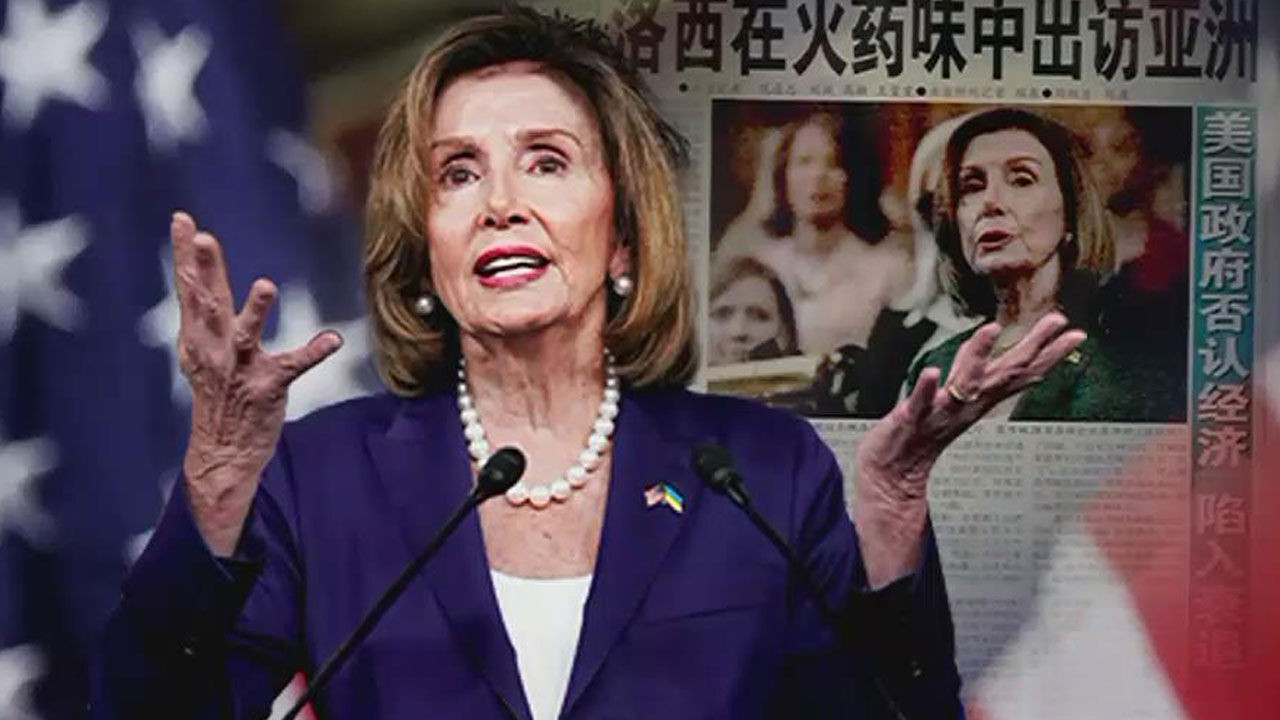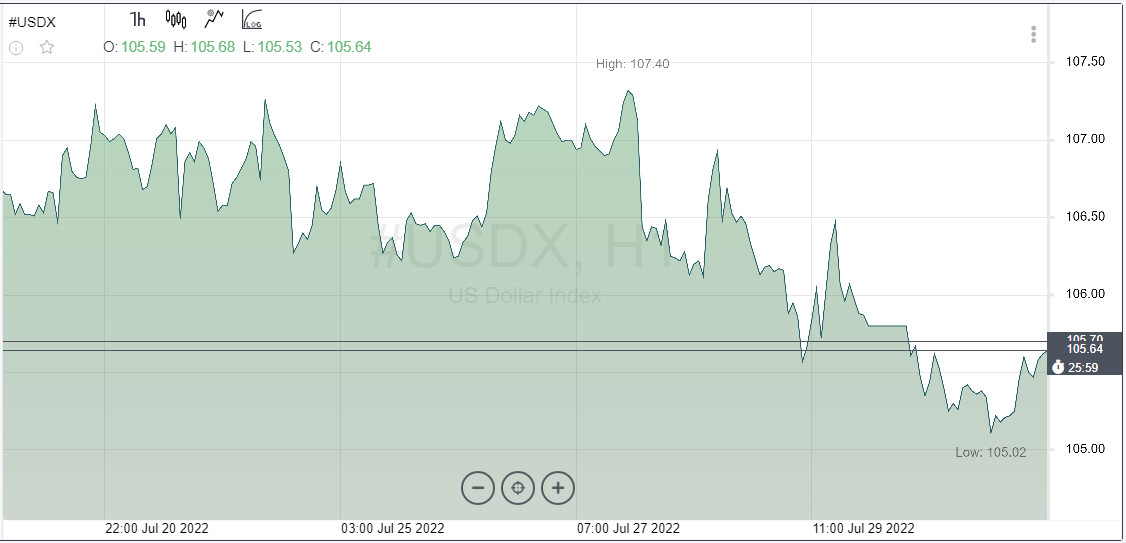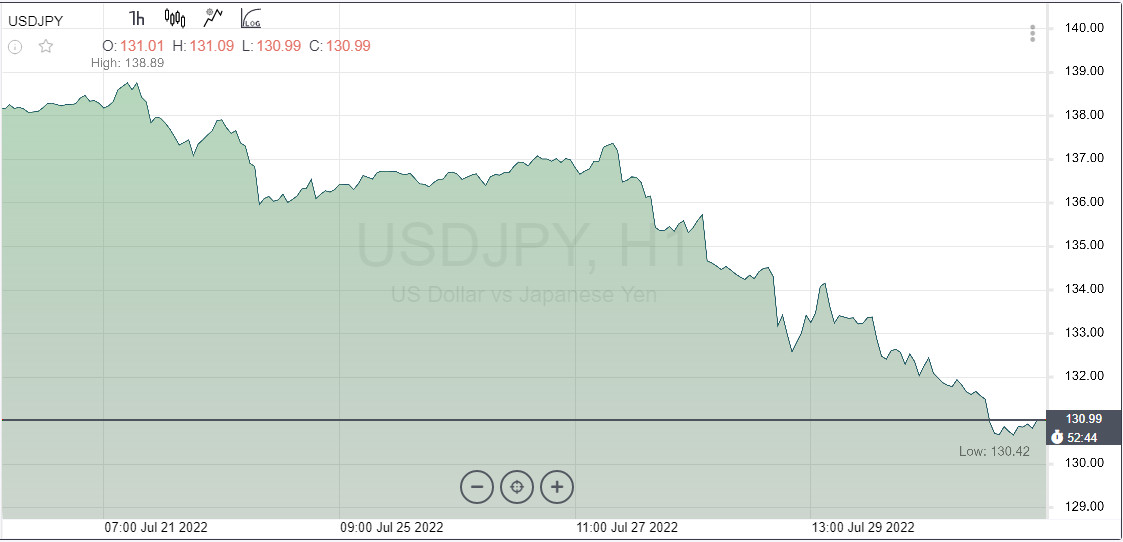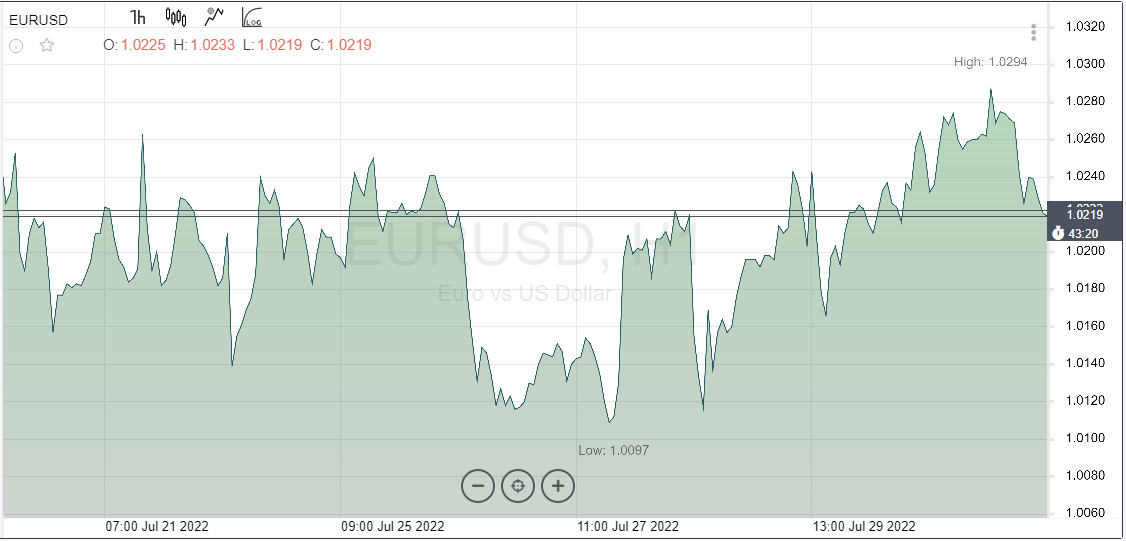
There will be updated data on the US labor market on Friday. Federal Reserve Chairman Jerome Powell noted more than once last week that the labor market provides the main support for the central bank in making monetary policy decisions. Since he focused on this issue, the markets, apparently, will also treat him with increased attention.
Recently, there has been an appetite for risk and a retreat of the dollar from multi-year highs. However, a negative report on non-farm payrolls in the US could change everything. According to forecasts, 250,000 jobs were created in July, which is less than 372,000 in the previous month.
If the Nonfarm data points to a greater increase in tensions in the labor market, in the markets, it is quite possible that nervousness will return. How strong the labor market was in July could determine whether there is a corrective rollback of the dollar before further growth or a global reversal of the US currency.
Assessing the dynamics of the market, one can say that the ongoing pace of policy tightening is being analyzed and is being interpreted as too heavy for the economy. In two quarters, the economic loss was 0.6%, while Europe, suffering from an energy crisis, gained 1.2% in the same period.
US officials, including Powell and US Treasury Secretary Janet Yellen, argue that the economy is actively creating jobs while maintaining high employment rates. This week, market players will have to figure out if everything is real or if it is a matter of the past.
The dollar index still has motives for further decline in the short term. However, immediate support is now at 104.75 and around 103.85. It is unlikely to break through.
The bullish trend will continue as long as the indicator is above 104.00.

Geopolitics made its adjustments this week, turning the movements in the markets in the opposite direction. Defensive assets are back in price, which allowed the dollar to move into positive territory.
The question arises: will the Speaker of the US House of Representatives Nancy Pelosi overshadow the payrolls with her visit to Taiwan, around which a whole storm has already played out.
In response, the Chinese Ministry of Foreign Affairs made it clear that this visit would have serious consequences. Taiwan will face difficulties, and the US will pay the price for undermining China's interests.
If investors continue to bet on safe haven assets, the dollar should continue its upward trend.
The Japanese yen looks the most promising for bulls in connection with the emerging events. Demand for it has increased sharply due to the growing tensions between the United States and China. The yen has shown the strongest strengthening since the outbreak of the pandemic in March 2020.

The USD/JPY pair plunged by 4.7% in five trading sessions. On Tuesday, it fell to the area of 130.40. If the pair overcomes the support at 130.00, it risks falling at a faster pace in the future, according to the UOB.
The euro also turned downward amid a flight from risk on Tuesday. The key technical support for the EUR/USD pair is the 1.0200 mark. Market players will now closely monitor geopolitical events.
A positive shift in sentiment with the easing of tensions between China and the United States will help the EUR/USD quote to restore bullish momentum, but so far it is impossible to consider such hints even under a magnifying glass.
The euro may continue to fall if the support of 1.0200 does not stand.

The 1.0230 level has already been lost. Bulls will probably not be able to return it, in which case the key support will first be 1.0200 (psychological level), then 1.0150.
Meanwhile, the 1.0300 level forms significant resistance ahead of 1.0370.
The US economic calendar will publish data on the number of JOLTS open vacancies for June. It is unlikely that traders will appreciate them properly. The focus, at least for today, will be on geopolitical developments. It is the US and China that will conduct the markets on Tuesday.





















